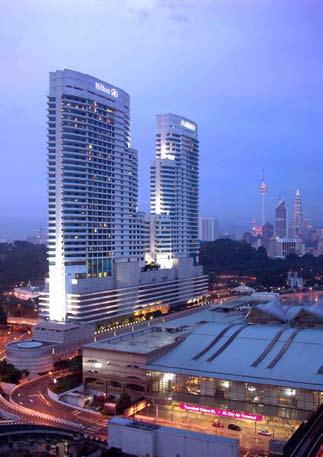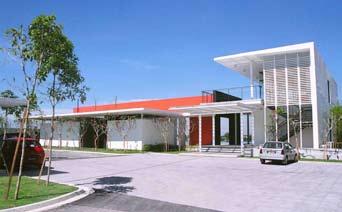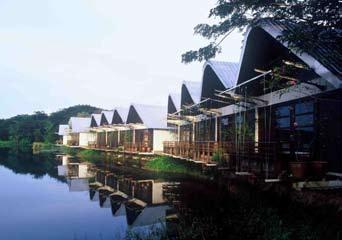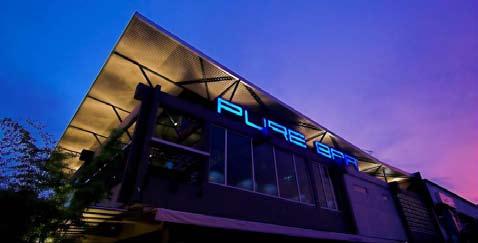
1 minute read
4 Stakeholders?
Besides the architect there are other stakeholders who play key roles in the creation of good architecture.
The first is the Malaysian public. The fundamental premise MAP is to ensure that the basic right of citizens in any country, being a good built environment is met. This is more wanting in view of the rapid urbanisation of the population. The benefits are self-evident. A good built environment engenders national pride and a happy and productive community.
Advertisement
There is an evident increasing environmental awareness and appreciation of the natural environment. This has changed the perception of the public on their way of life and aspirations. The rights of citizen next extends to a safe and hygienic environment –clean air, clean water, a clean environment.
MAP can be further enhanced through inculcating awareness and appreciation of the beauty and ecological functions of the natural environment. Similarly, this awareness will influence the manner in which our architecture, our cities and townships are planned and the policies which govern deforestation and land clearance, regional planning, landuse and transportation planning, infrastructure planning, local area planning and urban design.
The second stakeholders are the Clients both public and private sectors who commission the architecture. A sccessful built environment and architecture is not the responsibility or the achievement of the architect alone. It is the result of a close and effective collaboration between a good architect and more importantly, an enlightened and informed client.
It is the client who determines the budget and writes the brief (sometimes with the help of the architect) and if informed and enlightened will seek an architecture that goes beyond meeting immediate cost and functional needs, extending to the concerns outlined here in our MAP.
The third are the government’s Approving Authorities. Whether the building projects are undertaken by the public or by the private sector, the approvals of the project will need to be processed by the relevant departments of the Government. The also need to be vigilant on the quality of the projects that they approve.
Simply stated, buildings impact our communities, the existent urban environment, the natural environment and become cultural icons and eventually our heritage.
MAP is intended to provide the nation with a common framework which can be used to propagate excellence and innovation in the design and the aesthetics of buildings.
An eventual outcome of MAP will be where the users, the administrators, contractors, developers and those in the design community become enlightened and informed clients.










